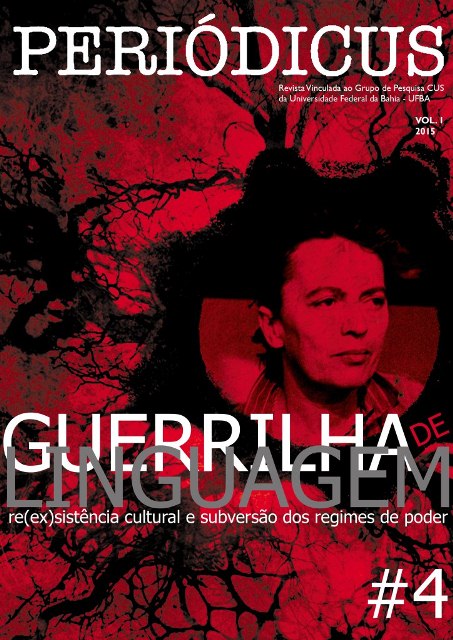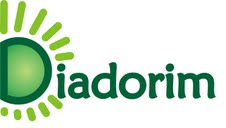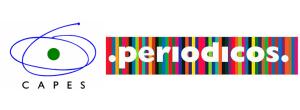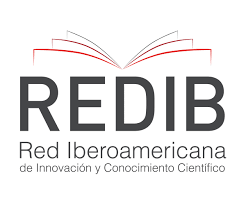Identidades estratégicas e a arte da América Latina
DOI:
https://doi.org/10.9771/peri.v1i4.15427Abstract
Este artigo delineia-se pela análise de práticas artísticas observadas a partir da segunda metade do século XX na América Latina. O recorte foi feito a partir de trabalhos com temáticas quir, no período de redemocratização desses países, usando como referência os parâmetros presentes na genealogia crítica que Luiz Camnitzer sobre o Conceitualismo do Sul. Diante das inúmeras formas de violência nas ditaduras, os artistas latino americanos criaram táticas e estratégias políticas com forte carga estéticas que, de certa forma, reconstruíram/desconstruíram/destituíram a maneira de pensar, vivenciar, apresentar e representar os corpos, as sexualidades, o posicionamento humano nesse ambiente sociopolítico. São abordadas a exposição Perder la Forma Humana: una imagen sísmica de los años ochenta en América Latina, a partir da parceria da Red de Conceptualismos del Sur e do Museu Nacional Reina Sofia de Madrid; ações do grupo CADA, Las Yeguas del Apocalipse, Liliana Maresca, Mujeres Creando, e também algumas aproximações com o contexto contemporâneo com seus devidos exemplos.Downloads
Downloads
Published
How to Cite
Issue
Section
License

This work is licensed under a Creative Commons Attribution-NonCommercial 4.0 International License.
Authors who publish in this journal agree to the following terms:
Authors retain copyright and grant the journal the right of first publication, with the work simultaneously licensed under a Creative Commons Attribution Noncommercial License that allows the work to be shared with acknowledgment of authorship and initial publication in this journal, but prohibits commercial use.
Authors are authorized to enter into separate additional contracts for non-exclusive distribution of the version of the work published in this journal (e.g., publishing in an institutional repository or as a book chapter), with acknowledgment of authorship and initial publication in this journal.
Authors are permitted and encouraged to publish and distribute their work online (e.g., in institutional repositories or on their personal website) at any point before or during the editorial process, as this can generate productive changes and increase the impact and citation of the published work (see The Effect of Open Access).








